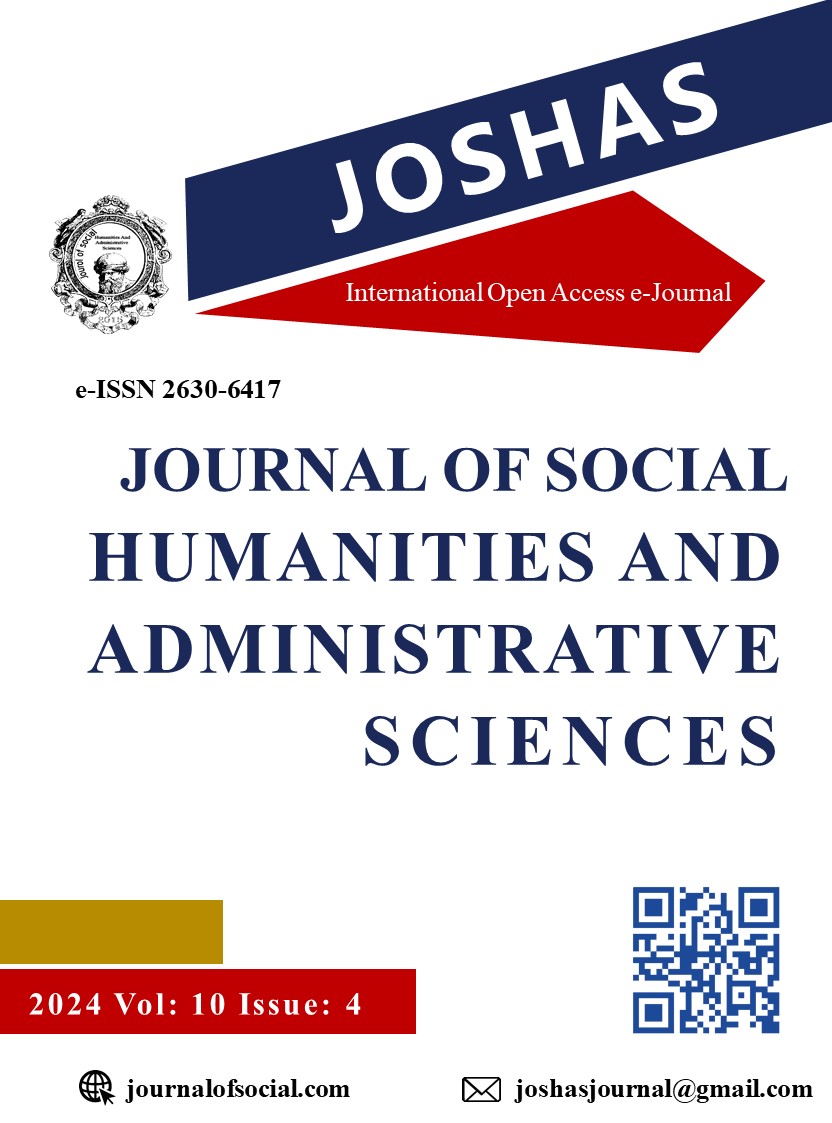Author :
Abstract
Kültür varlıklarının korunarak gelecek kuşaklara aktarılması evrensel bir gerekliliktir. Ülkemizde, Cumhuriyet dönemi öncesinden başlayan koruma uygulamaları gerçekleştirilmiş ve mevzuat hükümleri geliştirilmiştir. Bu geçmişe rağmen, bugün hala koruma sorunları bulunmakta ve uygulamalarda toplumun her kesiminde dengeli bir memnuniyet sağlanamadığı görülmektedir. Sorun, tamamen imar planı ile yapılaşmış sokaklarda doku bütünlüğünü kaybetmiş, tek başına bırakılan eski binanın geleceğidir. Modern dönem mimarlık yapılarının, konutların tescil kapsamına alınmaması sorunun bir yanıdır, ama başka bir sorun da tescil kararlarının ortadan kaldırılmasıdır. Bu bağlamda, tescil tek çözüm olarak görünmemektedir. Özellikle, sokak düzenlemelerinde koruma ve geliştirme mantığı yalnızca mimari yapı boyutuna indirgenerek yapı ölçeğinde rölöve, restitüsyon ve restorasyon projeleri hazırlanmaktadır. Bu nedenle, ülkemizde yürütülen koruma çalışmalarının en büyük sorunlarından biri koruma konusunun halen çevre bütünlüğü kapsamında ele alınmamasıdır. Bu çalışmada, az sayıda kalsa bile kente dair farklı bir algı oluşturan sivil mimarlık örneklerinin, geçmişin izleri olarak korunmasının ortak bir sorumluluk olduğu bilincine bir kez daha dikkat çekmek amaçlanmıştır. Bu kapsamda, nitel araştırma yöntemi olan literatür taraması yapılmış ve nicel verilerin elde edilmesinde gözlem yöntemi kullanılmıştır. İstanbul’da, yüzyıllar boyunca oluşan tarihi sokak dokuları, çevresel ölçeğe uyum kaygısı olmadan kentsel dönüşüm çerçevesinde yapılan yapılarla zamanla yok olmaktadır. Bu bağlamda, Şişli bölgesindeki birkaç izole tescilli yapının koruma sorunları incelenerek tartışılmıştır. Sonuç olarak, konut dokusu içerisinde döneminin özelliklerini yansıtan tescilli yapılar ve kentsel dönüşüm nedeniyle göz ardı edilen çevre bütünlüğü değerlendirilmiştir. Bu çalışmanın, kent ve sokak ölçeğinde bütüncül bir koruma yaklaşımı için kamu yararı ilkesinin benimsenmesine katkı sağlayabileceği düşünülmektedir.
Keywords
Abstract
It is a universal necessity to protect cultural assets and transfer them to future generations. In our country, conservation practices have been carried out since before the Republic and legislative provisions have been developed. Despite this history, there are still conservation problems today and it seems that there is no balanced satisfaction in all segments of society in the practices. The problem is the future of the old building that has lost its texture integrity and is left alone on the streets that are completely developed with a zoning plan. One aspect of the problem is that modern period architectural structures and residences are not included in the scope of registration, but another problem is the elimination of registration decisions. In this context, registration does not seem to be the only solution. In particular, the logic of protection and development in street arrangements is reduced only to the architectural structure dimension, and survey, restitution and restoration projects are prepared at the building scale. Therefore, one of the biggest problems of the conservation studies carried out in our country is that the issue of conservation is still not addressed within the scope of environmental integrity. In this study, it is aimed to draw attention again to the awareness that it is a common responsibility to preserve the examples of civil architecture, which create a different perception of the city, even if they are few in number, as traces of the past. In this context, a literature review was conducted, which is a qualitative research method, and the observation method was used to obtain quantitative data. In Istanbul, historical street textures formed over centuries are disappearing over time with buildings built within the framework of urban transformation without concern for adaptation to the environmental scale. In this regard, the conservation problems of a few isolated registered buildings in the Şişli region were examined and discussed. As a result, registered buildings reflecting the characteristics of their period within the residential fabric and the environmental integrity ignored due to urban transformation were evaluated. It is thought that this study may contribute to the adoption of the public interest principle for a holistic conservation approach at the city and street scale.





